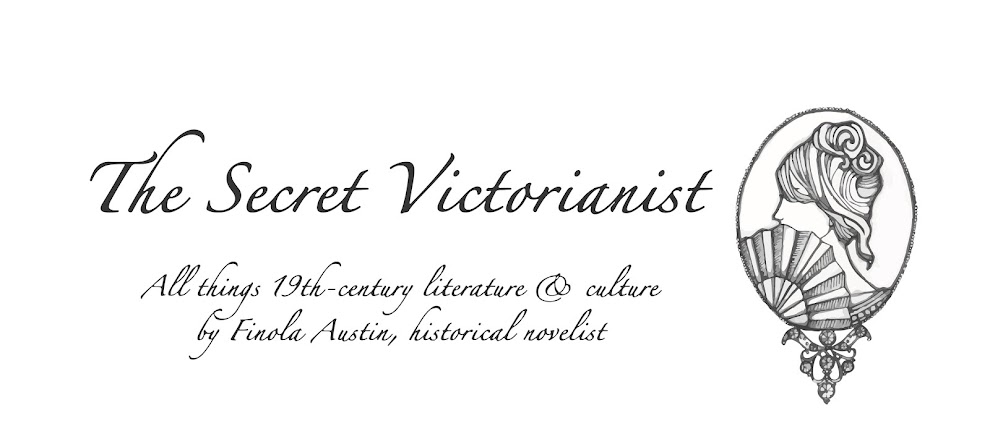Edvard Munch (1863-1944) is one
of those artists whose works, at first glance, seem too modern to have
originated in the nineteenth century. His 1893 The Scream (in fact several slightly varying compositions in
different formats, several of which were on display in this exhibition) seems
prescient of the spirit of the twentieth century and maybe even the
twenty-first, given the high levels of interest and cultural capital it still commands.
 |
| The Scream, Edvard Munch (1893) |
Munch was a Norwegian painter and
printmaker who was a key figure in the Symbolist movement. He also had a
profound influence on contemporary German and Austrian Expressionists. This
relationship forms the basis of the Neue Galerie’s current exhibition, which
comprises of 35 paintings and 50 works on paper, largely by Munch but also
featuring Max Beckmann, Ernst Ludwig Kirchner, Egon Schiele and others.
 |
| Two Human Beings The Lonely Ones, Edvard Munch (1896) |
Putting Munch into dialogue with
these artists helps create a clear place for him within the history of twentieth-century
art, removing his slight outlier status. It’s clear to see how Munch’s
innovations with wood cuts and printmaking translated into the works of his
Austrian and German counterparts, but also too how the same concerns,
philosophical and emotional, are the bedrock of both.
 |
| Model by the Wicker Chair, Edvard Munch (1919-1921) |
Loneliness for me was the
foremost theme of the exhibition, even more so than existential angst. Munch’s
figures are irreparably apart even when pictured together. Two Human Beings The Lonely Ones (1896) depicts a man and woman
staring out at the sea, united in their isolation. In his Model by the Wicker Chair (1919-1921) the separation is between the
painter (and by extension the viewer) and the model, her eyes downcast, a human
being less vibrant than the colourful furniture.
 |
| Street, Dresden, Ernst Ludwig Kirchner (1908) |
In Kirchner’s famous Street, Dresden (1908) there is the
loneliness of the modern cityscape, a theme Munch also plays with in his Angst (1894) images (although here his
figures inhabit Oslo), and that inspires Ludwig Meidner in his I and the City (1913), a self -portrait
set against the chaos of a kaleidoscopic cityscape.
 |
| I and the City, Ludwig Meidner (1913) |
The ultimate loneliness of death
is present, even in depictions of youth, such as his 1894-1895 Puberty or in his shocking Madonna lithograph (1895-1902), where a
skeletal looking foetus cowers in the corner of the sperm patterned border.
 |
| Puberty, Edvard Munch (1894-1895) |
Munch shines brightest in the
exhibition despite the inclusion of major works by other artists, but there’s
much to see here beyond The Scream.
The exhibition is open until June 13 and is a wonderful opportunity to see some
iconic works in person and discover much more to Munch and artist who’s
lifetime and career spanned significant portions of two centuries.
 |
| Madonna, Edvard Munch (1895-1902) |
Can you recommend an NYC
exhibition for the Secret Victorianist to review? Let me know—here, on
Facebook or by tweeting @SVictorianist.









